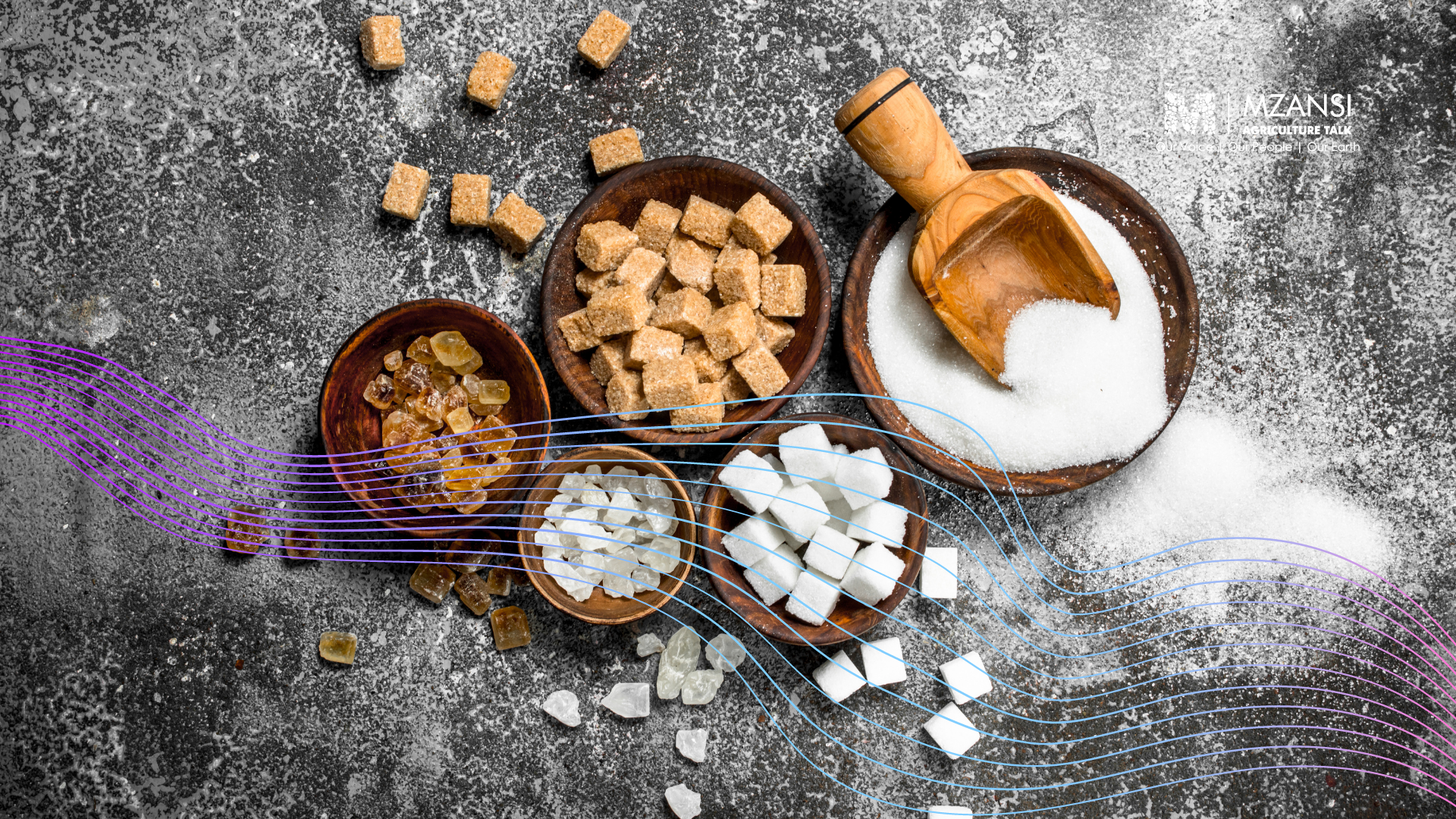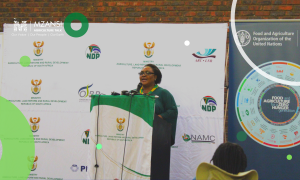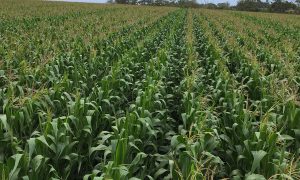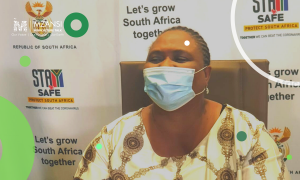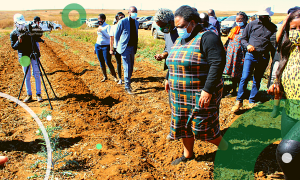Eswatini’s biggest sugar company, Royal Eswatini Sugar Corporation Limited (RES Corporation), said in its 2020 integrated report it had sold 453 000 tonnes into the South African market.
Pre-Sugar Master Plan, the local sugar industry had lobbied hard for the department of trade, industry and commerce (dtic) to review the tariff free access granted for Eswatini sugar, as it had an advantage over local sugar producers due to their below price offering.
RES Corporation Chairman Dr AT Dlamini said the Eswatini sugar industry was not perturbed by the South African sugar industry as the master plan was not a trade barrier.
“Two factors are nevertheless working in our favour, as a Corporation we always sell at a slight discount in South Africa, our pricing is more attractive to the major South African supermarkets and retailers and secondly, most of our sugar destined for the South African market is sold to pre-packers, so the battle is predominantly being waged by that sector,” he said.
Interestingly, South African RCL Foods enjoyed a 29.1% shareholding in RES Corporation. RCL Foods also owns one of the biggest South African sugar brands, Selati.
Another advantage Eswatini had over local sugar was that its per capita sugar consumption was relatively low compared to South Africa (45kg) and the United States (68 to 77kg).
RES Corporation accepted RSA’s sugar tax levy would impact on its supply but was now diversifying and producing Demerara sugar. This type of sugar is most preferred sweetener for hot beverages and a firm favourite of coffee and tea connoisseurs.
Wellington Sikuka, of the USDA Foreign Agricultural Service, agreed that the resultant of South African Sugar Plan and sugar levy had awoken Eswatini sugar to consider sweeteners.
“Given the increasing trend of using artificial sweeteners in South Africa, in the long run it is expected that Eswatini manufacturers may also adopt the use of artificial sweeteners to remain competitive.”
Good rainfalls in the landlocked Eswatini have catapulted estimates of sugar production to increase marginally by 1% to 6.1 million MT 2021/22 from 6.0 million MT in 2020/2021.
“The 2020/21 MY sugar cane production was slightly revised upwards due to higher-than-expected cane yields from newly planted sugar cane crop,” added Sikuka.
Communal lands experienced high planting of sugarcane largely supported by milling companies, Eswatini Canegrowers Association and development finding from the European Union (EU).
Sikuka further mentioned that the EU allocated at least €120 million (US$ 132 million) to Eswatini for agriculture projects to “improve the competitiveness of the sugar industry while also trying to reducing poverty in the sugar regions.”
In March 2021, Dtic hailed the achievements of the Sugar Master Plan with 15% growth in local sugar sales. The local sugar industry expected that by 2023 the local sugar consumption of sugar will increase by 95%.
Because of local retailers’ involvement in the Eswatini economy, the battle of sugar will lie in the sugar pre-packing industry.


